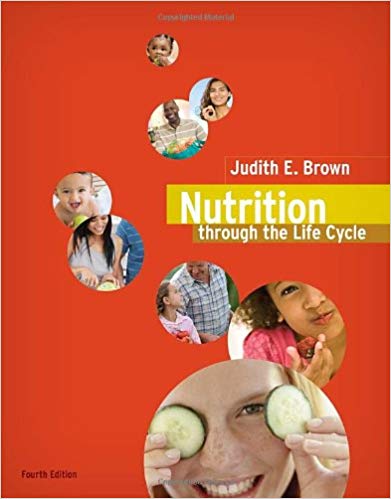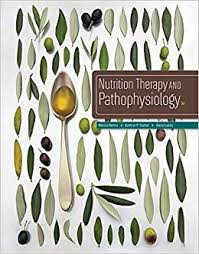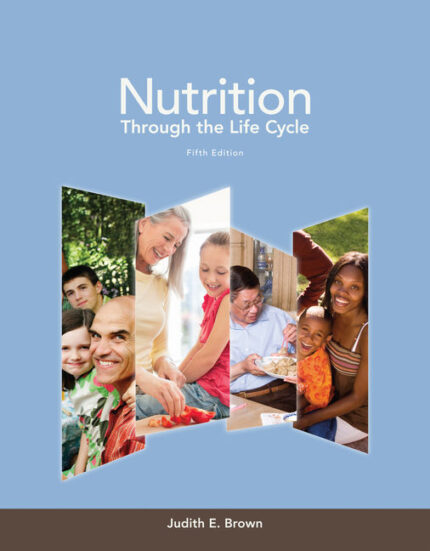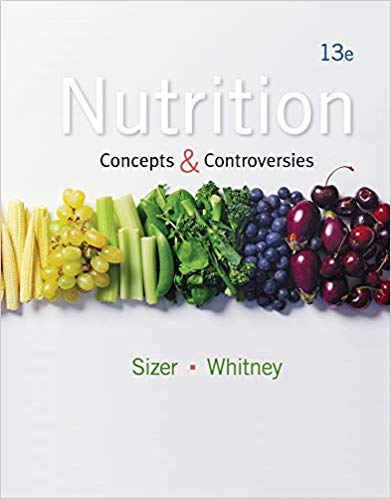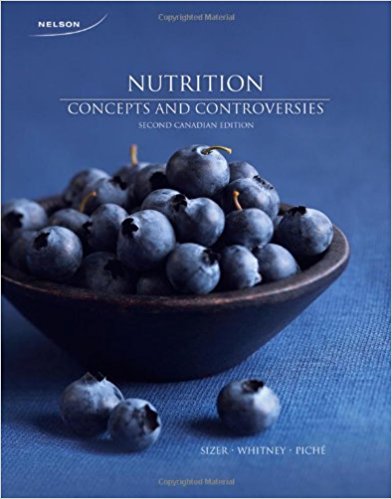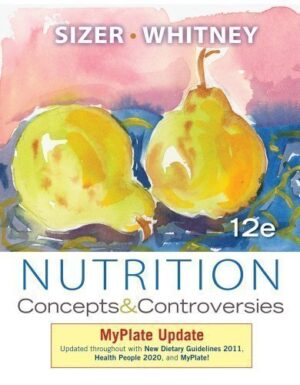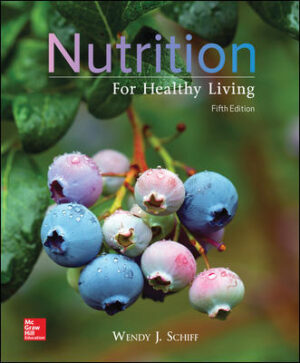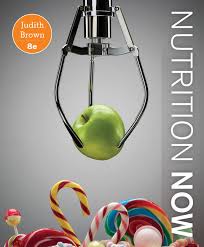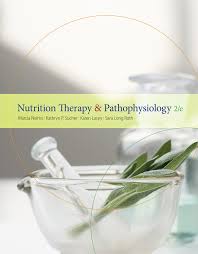Nutrition Through the Life Cycle 4th Edition By by Judith E. Brown – Test Bank
Do you need test banks fast? eTestBank.net is the best test bank website for you! Download your test bank right after you pay. No waiting!
Why eTestBank.net is Great:
✅ Instant Download:
Get your test bank right away after payment.
✅ Unlimited Downloads:
Download your test bank anytime and as many times as you want.
✅ 24/7 Live Help:
We are here to help you all day, every day.
✅ Guaranteed Delivery:
If you don’t get the download right away, we will send it to you in 3 to 6 hours.
How to Get Your Test Bank:
- Pick Your Test Bank: Choose from many test banks.
- Pay Safely: Pay securely on eTestBank.net.
- Download Instantly: Get your test bank immediately after payment.
- Download Anytime: Unlimited downloads whenever you need them.
Need Help? Contact Us:
📧 Email: [Support@etestbank.net]
📱 WhatsApp: [https://wa.me/message/MC222DLQ4GDXL1r]
Didn’t Get Your Download?
Don’t worry! If you don’t get the file right away, we’ll send it to you in 3 to 6 hours. Need it sooner? Contact us by email or WhatsApp.
💡 Buy now from eTestBank.net for instant downloads, unlimited access, and 24/7 support—get your test bank today!
Test Bank for Chapter 4 – Nutrition during Pregnancy
Key to question types: F = fact-based; A = application; L, M, H = low, medium, high difficulty
Multiple Choice
Answer Page #
c, F, L 88-89 1. A pre-term birth rate is defined as
a. births <30 weeks gestation/100 live births.
b. births <34 weeks gestation/100 live births.
c. births <37 weeks gestation/100 live births.
d. births <40 weeks gestation/100 live births.
e, F, L 89 2. The reduction in the U.S. infant mortality rate over the past 20 years has been:
a. increasing at a RAPID rate.
b. increasing at a SLOWER rate than the historical infant mortality rate reductions.
c. due to technological advancements.
d. LARGELY due to high levels of medical care.
e. both b and c
b, A, M 90 3. Approximately how many infants who die within the first year of life die within the first month after birth?
a. 1/3
b. 2/3
c. 1/2
d. 3/4
e. 5/8
c, F, M 90 4. Infants weighing _____ are least likely to die within the first year of life.
a. 5 lbs 11 oz to 6 lbs 5 oz
b. 6 lbs 10 oz to 7 pounds 2 oz
c. 7 lbs 12 oz to 10 lbs
d. 8 lbs 8 oz to 10 lbs 2 oz
a, F, L 94 5. The preferred source of fuel for the fetus is _____.
a. glucose
b. fatty acids
c. proteins
d. cholesterol
e. fiber
d, F, H 94-95 6. In the second maternal phase, which statement is NOT correct about hormones and carbohydrate metabolism?
a. Rising levels of hCS and prolactin from the pituitary inhibit the conversion of glucose to glycogen and fat storage.
b. Insulin resistance builds and increases the reliance on fats for energy.
c. Estrogen and progesterone levels continue to increase and stimulate insulin production.
d. hCG levels increase to a greater extent than in the first phase and stimulate conversion of glucose to glycogen and fat stores.
c, F, M 95 7. The change in lipid blood levels that occurs during pregnancy can best be explained in this way: _____.
a. cholesterol and triglyceride levels decrease due to the increased water volume in the blood
b. cholesterol and triglyceride levels remain the same as pre-pregnancy levels
c. cholesterol and triglyceride levels increase dramatically from pre-pregnancy levels
d. cholesterol and triglyceride levels fluctuate daily and depend on when the fetus is building nerve cells
e, F, M 96 8. All of the following substances are transported through the placenta easily, with the exception of _____, which is not transferred at all.
a. water
b. cholesterol
c. oxygen
d. ketones
e. insulin
b, F, L 97 9. When cell size increases due to an accumulation of protein and lipids, the increase is characterized as _____.
a. hyperplasia
b. hypertrophy
c. differentiation
d. maturation
e. development
b, A, M 98 10. A critical period of neural tube development following conception is:
a. 1-2 weeks after conception.
b. 3-4 weeks after conception.
c. 5-6 weeks after conception.
d. 7-8 weeks after conception.
e. 9-10 weeks after conception.

